5. Johnny Handsome (1989)
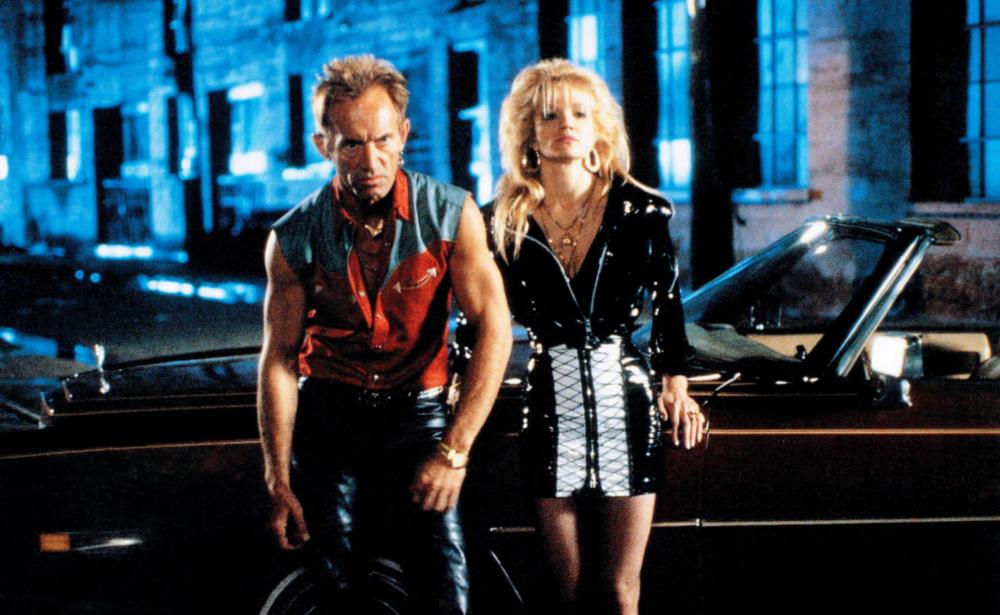
When you talk about genre films, you always have to mention Walter Hill. “Johnny Handsome” is one of his lesser-known works compared to “Southern Comfort,” “48 Hrs.” or “The Warriors.” John Sedley is a man with a disfigured face, mocked by others as ‘Johnny Handsome.’ He’s betrayed in a robbery. He goes to jail, he gets surgery, and now that he looks different, he comes back to get his revenge.
That’s the basic plot and the film doesn’t try to be more than what it actually is. It takes a simple approach but it works, mostly because of how Hill embraces the B-movie thrillers with noir elements so well. Another thing is Mickey Rourke who shines as usual in the lead part; even though it was the first film where he finally decided he got tired of acting and wanted to establish himself a boxing career, he’s still very effective in the lead role. There’s a very intriguing simplicity in some of the dialogues that actually makes the film feel more natural in tone, and the story of an outsider as the lead character can engage many viewers.
4. Cutter’s Way (1981)
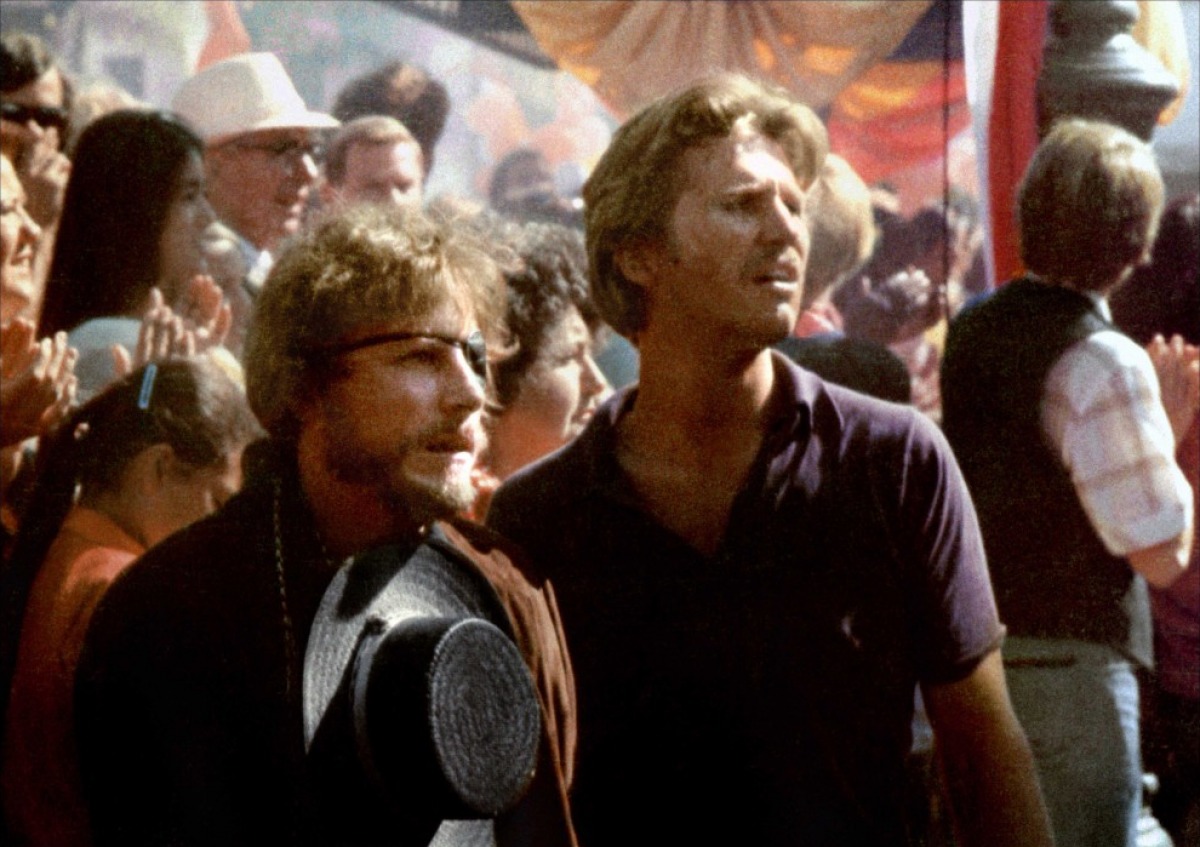
His time in the Vietnam War left visible and invisible marks on veteran Alex Cutter. The visible ones are the loss of his leg, arm, and an eye. He tries to numb the invisible traces by drinking until nothing works. He also hides his deep injuries under his sarcastic tone. One night his friend Richard Bone witnesses someone dumping something in an alley; it turns out to be the body of a young girl. Now Cutter tries to find who did it.
The movie was praised as an engrossing neo-noir film with a plot that effectively draws you in. The dark outlook and the broken trio of characters may be a turn-off for some viewers, but probably not for noir fans who are used to seeing such stories. Not that it makes it similar to other films – not at all. “Cutter’s Way” stands on its own as a great mystery film, a character study, and even some kind of a buddy picture with brilliant turns from John Heard, Jeff Bridges and Lisa Eichhorn. A great exploration of the disillusionments of its era, “Cutter’s Way” works on so many levels.
3. The Big Easy (1986)
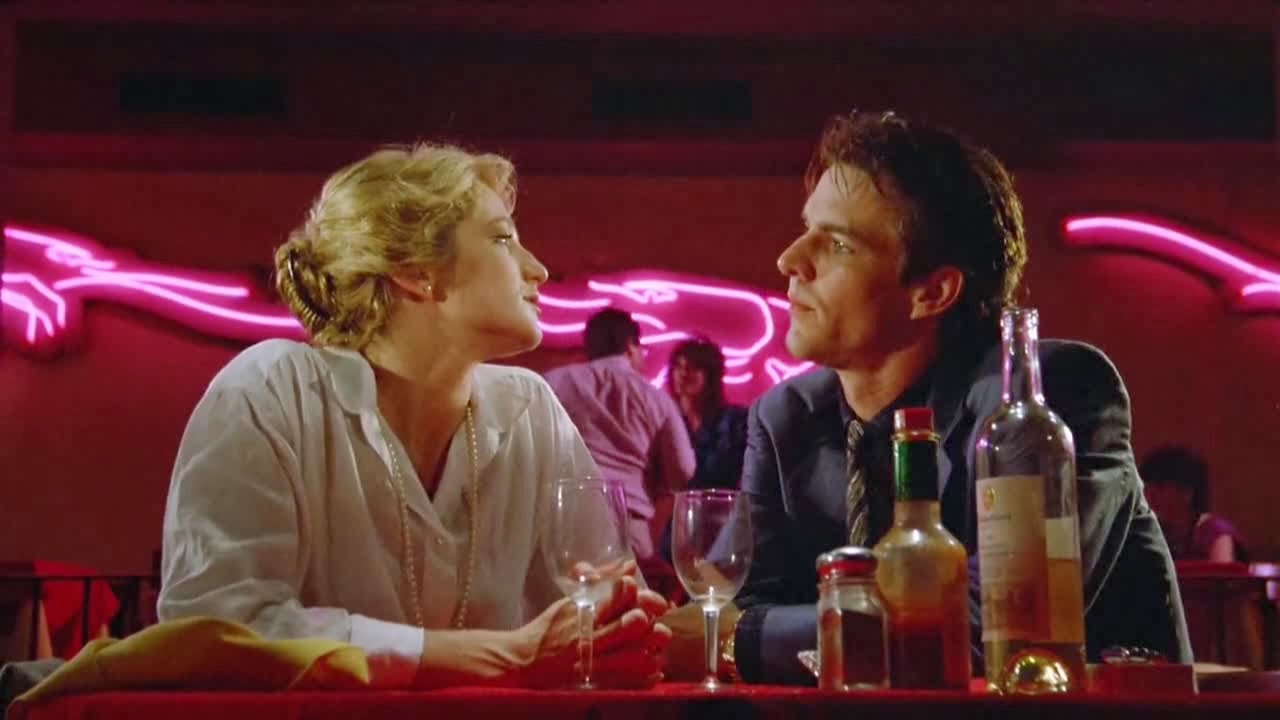
Notice how some actors keep getting a repeat in this list, like Melanie Griffith appearing in both “Stormy Monday” and “Fear City.” And just like in “Johnny Handsome,” Ellen Barkin is back again with “The Big Easy” because something about her just fits such stories really well. No wonder she was also great in the late ‘80s noir “Sea of Love” opposite Al Pacino.
But now instead let’s focus on “The Big Easy.” The title is to be understood ambiguously: “The Big Easy” is also a slang term for New Orleans, where the film takes place. The plot follows a corrupted lieutenant who deals with charges against him of bribery, while he’s also investigating the mysterious murders in the town. He also starts a relationship with a beautiful attorney from the D.A.’s police corruption task force in his office. The two develop a love-hate type of relationship in and out of the boudoir. The movie is well-paced, engaging, and has some disturbing moments as well, but it’s all handled really well by the filmmakers. The witty screenplay is full of cool one-liners that make the dialogues memorable, and Cajun music also made for a good choice for the movie.
2. At Close Range (1986)
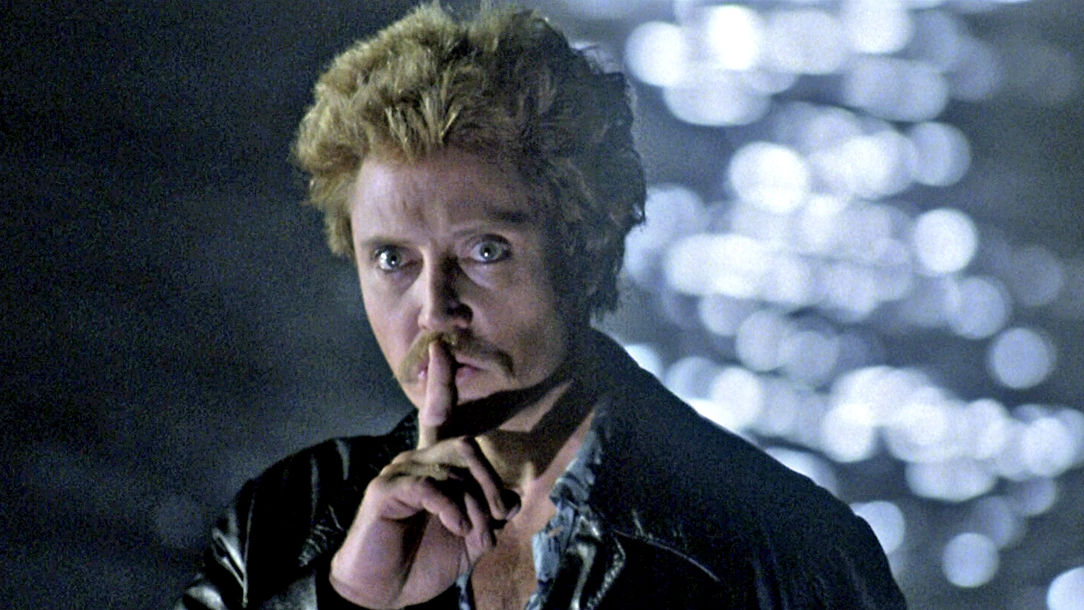
There was a time when James Foley was not making “Fifty Shades of Grey” sequels and instead was delivering great movies like “Glengarry Glen Ross” and this one. Not sure what has happened since then, but it’s fortunate that he at least made those great movies at some point in his life. “At Close Range” is a brilliant father-son drama in which Foley explores the bleak side of human nature, featuring a gripping story and a devastating ending.
It’s hard to understand why this movie didn’t become bigger than it was. Madonna wrote a great song for this called “Live to Tell,” which she also performed; she was also at the peak of her popularity but couldn’t grab at least one Oscar nom. Sean Penn was considered to be one of the finest youngest actors around at the time and Christopher Walken was fresh out of the beloved “The Dead Zone” and the box office hit “A View to a Kill.” Both are excellent here, by the way. But for one reason or another, “At Close Range” didn’t get the love it deserved. It holds a special place in many cinemagoers’ hearts now, but it deserves to be recognized and brought to attention more often than it does.
1. To Live and Die in L.A. (1985)
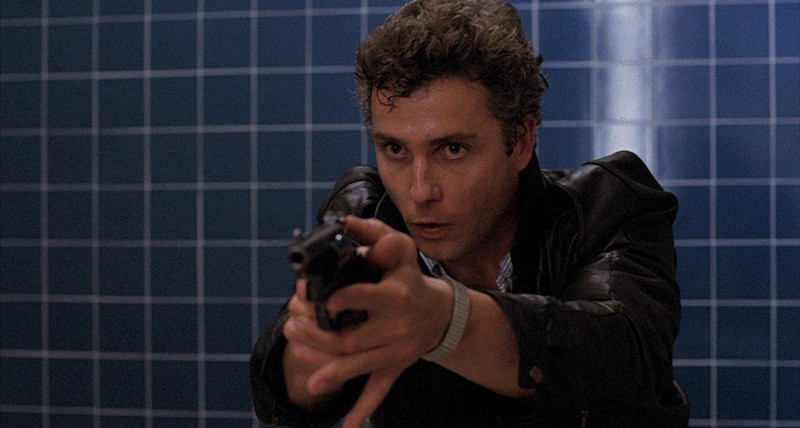
William Friedkin never shied away from groundbreaking action scenes; from the brilliant chase sequence in “The French Connection” to the unforgettable bridge sequence in “Sorcerer,” Friedkin kept taking risks and delivered some of cinema’s finest moments. He loves chases in general; it might be just people chasing each other as in “The Hunted” or car chases like in “Jade” and this one. “To Live and Die in L.A.” is full of great shots, not just a car chase. The opening sequence, the airport scene, that ending – everything is brilliant. Friedkin, as usual, prefers to have ambiguous characters with morally complex personalities, which is another reason why this movie works great as a film noir. William Peterson is a great lead and every scene with Willem Dafoe is golden. Just watching him counterfeiting money with a Wang Chung-heavy soundtrack is pure cinema alone.
Friedkin doesn’t just surprise with cool shots and breathtaking action sequences, but also delivers a very engaging story that is surprising for so many reasons. He couldn’t catch a good deal or break after “The Exorcist”; “Sorcerer” was a box office failure, “The Brink’s Job” was too light, “Deal of the Century” tanked, “Cruising” got protests, but finally with “To Live and Die in L.A.” he won over both audiences and critics alike. The only problem is it was just a modest box office success, while it has everything needed to be recognized as highly as “The French Connection.” The movie hasn’t aged a bit and still remains a great gem that deserves to be remembered and talked about more.